
All categories
Featured selections
Trade Assurance
Buyer Central
Help Center
Get the app
Become a supplier

(912 products available)

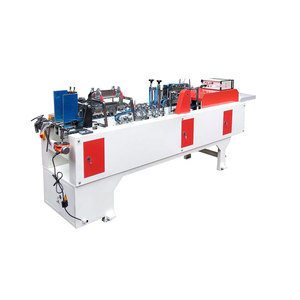

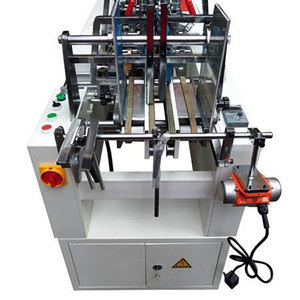
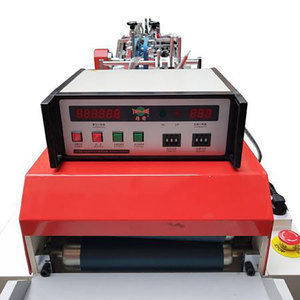
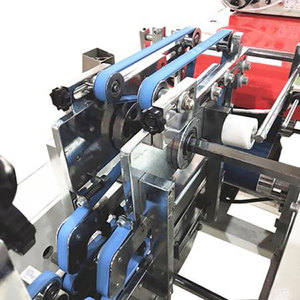




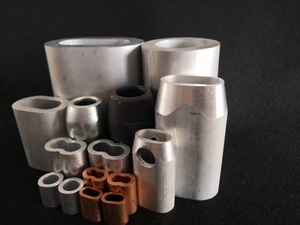

















rope binding machine suppliers are integral components in the realm of apparel and textile machinery, specifically designed to weave intricate patterns and structures with threads or yarns. These machines are essential for producing braided materials which are used in a wide range of applications, from fashion garments to industrial products. Braiding involves intertwining strands to create a cohesive structure, and rope binding machine suppliers are engineered to facilitate this complex process with precision and efficiency. The advent of these machines has revolutionized textile manufacturing, enabling high-speed production and consistent quality across large volumes. As the textile industry continues to evolve, rope binding machine suppliers are adapting to incorporate advanced technologies that enhance their capabilities and versatility.
There is a diverse array of rope binding machine suppliers available, each tailored to meet specific manufacturing needs. The most common types include vertical braiding machines, horizontal braiding machines, and rotary braiding machines. Vertical braiding machines are favored for their compact design and are ideal for producing narrow fabrics such as shoelaces and cables. Horizontal braiding machines, on the other hand, are more suited for creating flat braids and are often used in the production of textiles where width is a factor. Rotary braiding machines, known for their high-speed capabilities, are primarily employed in industrial settings for making complex braided structures like hoses and reinforced textiles. Each type of rope binding machine suppliers offers unique advantages, allowing manufacturers to choose based on their specific production requirements.
rope binding machine suppliers are equipped with a range of functions and features that streamline the braiding process. These machines are designed to handle various thread types, including synthetic, natural, and metallic yarns, ensuring versatility in production. Key features include adjustable speed settings, programmable patterns, and tension control mechanisms, which allow for precise customization of the braiding process. Advanced models of rope binding machine suppliers may also incorporate computerized systems for pattern design, enhancing the efficiency and creativity of textile production. The ability to produce consistent and intricate braid structures with minimal manual intervention is a hallmark of these machines, making them indispensable in modern textile manufacturing.
The technical specifications of rope binding machine suppliers are vital for determining their suitability for different applications. Typically, these machines boast a power capability ranging from 35 to 40 hp, which facilitates high-speed operation. The maximum range of braiding can span 3 to 4 tons, accommodating various production scales. Furthermore, the operational width can extend between 60 and 130 feet, enabling the creation of diverse braid sizes. The machines are engineered to provide optimal tension control, ensuring that the braids maintain their structural integrity throughout the manufacturing process. By understanding these specifications, manufacturers can select rope binding machine suppliers that align with their production goals and technical requirements.
Ensuring the longevity and efficiency of rope binding machine suppliers requires adherence to specific maintenance and operational guidelines. Regular inspection and cleaning are crucial to prevent the accumulation of lint and debris, which can impede machine performance. Lubrication of moving parts is essential to reduce wear and tear and maintain smooth operation. Operators should also be trained to recognize signs of malfunction, such as irregular braiding patterns or inconsistent tension, which may indicate the need for repairs or adjustments. Implementing routine maintenance schedules and investing in quality replacement parts can significantly enhance the lifespan and reliability of rope binding machine suppliers. By following these guidelines, manufacturers can optimize machine performance and ensure uninterrupted production.
Choosing the right rope binding machine suppliers for your production line involves several key considerations. One of the primary factors is the type of material the machine can handle. Depending on whether you are working with synthetic, natural, or metallic yarns, you must ensure that the rope binding machine suppliers is compatible with these materials. Additionally, the machine's capacity and speed are crucial, especially if you aim to scale up production. Machines with higher speed settings can increase output but may require more frequent maintenance. Another essential consideration is the machine's adaptability to various braiding patterns, which can enhance product diversity and cater to specific market demands.
Space availability and machine footprint are also important considerations when selecting rope binding machine suppliers. Vertical machines are often preferred in factories with limited floor space, while horizontal machines may require a larger area but offer different braiding capabilities. It's vital to assess the installation requirements and ensure that the machine fits seamlessly into your existing production setup. Furthermore, energy efficiency should not be overlooked, as it can significantly impact operational costs in the long term. Opting for machines with energy-saving features can lead to substantial cost savings.
Braiding machines vary significantly in their operational capabilities, with differences in speed, material compatibility, and pattern complexity. For instance, certain rope binding machine suppliers are designed for high-speed production, making them suitable for large-scale manufacturing, while others focus on precision and intricate designs, ideal for specialized textile applications. Understanding these differences is crucial for selecting a machine that aligns with your production needs.
Regular maintenance is essential to ensure the efficient operation of rope binding machine suppliers. Recommended practices include routine cleaning to prevent lint buildup, lubrication of moving parts to reduce friction, and inspection of tension control mechanisms. Additionally, operators should be trained to identify irregularities in braiding patterns, which may indicate the need for adjustments. Implementing a preventive maintenance schedule can help prolong the machine's lifespan.
Yes, many rope binding machine suppliers offer customization options to meet specific production requirements. This can include adjustable speed settings, programmable pattern designs, and modifications to accommodate different yarn types. Customization enhances the machine's versatility, allowing manufacturers to produce a wide range of braided products tailored to various market segments.
Integrating new rope binding machine suppliers into an existing production line can present challenges such as compatibility with current machinery, space constraints, and the need for operator training. Ensuring seamless integration requires careful planning, including assessing the spatial requirements, verifying the machine's compatibility with existing systems, and providing adequate training for operators to handle new technologies.
Manufacturers can ensure the quality of braided products by selecting rope binding machine suppliers with precise tension control and pattern accuracy features. Regular quality checks and adjustments to the machine settings can help maintain consistency in braid structure and appearance. Additionally, investing in advanced machines equipped with computerized systems for pattern design can enhance production quality and reduce the likelihood of defects.